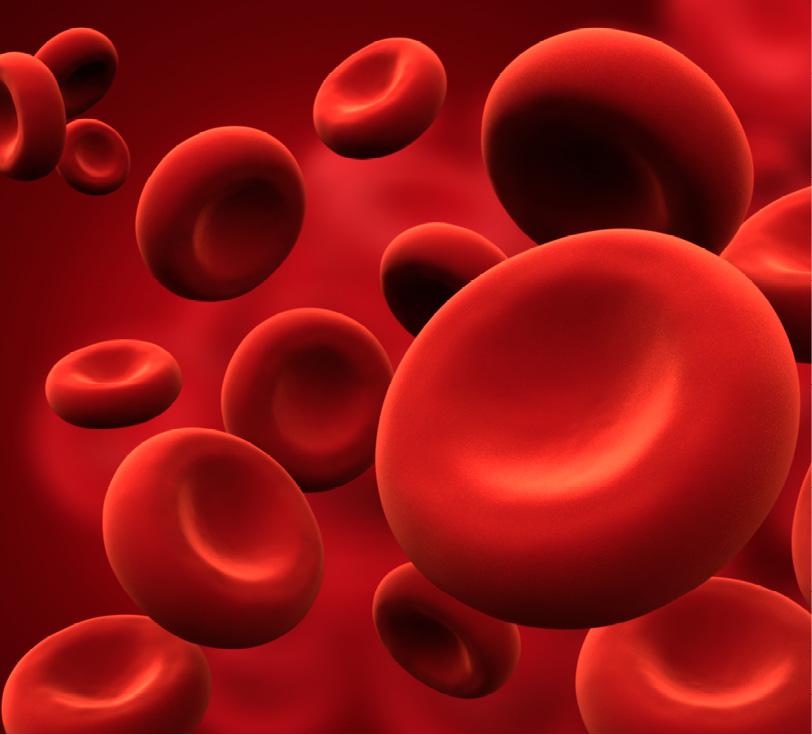
Error: No layouts found

Einstein researchers have solved a mystery surrounding the development of hematopoietic stem cells in utero. Their study, published in Science, was directed by Paul S. Frenette, M.D., a professor of medicine and of cell biology and the chair and director of the Ruth L. and David S. Gottesman Institute for Stem Cell and Regenerative Medicine Research.
Researchers have long known that fetal hematopoietic stem cells (HSCs)—which give rise to adult blood cells—migrate during development from the dorsal aorta and placenta to the fetal liver and from there to the bone marrow. The Science article describes for the first time the conditions that promote HSC proliferation in the fetal liver.
Dr. Frenette collaborated with Aviv Bergman, Ph.D., a professor and founding chair of systems & computational biology. In experiments involving mice, the researchers found evidence that pericytes (contractile cells that wrap around capillaries and venules) associate with the liver’s portal vessels to form a niche, or microenvironment, that promotes HSC proliferation in the fetal liver.
This rapid expansion of HSCs contrasts sharply with their quiescence when HSCs later reside in bone marrow. The findings suggest that the expansion of HSCs during fetal development is governed by fractal geometries (repeating patterns that display at every scale) associated with the growing surface area of the portal vessel niche. Insights into this niche may lead to new ways of cultivating stem cells for transplantation.